After the initial gift from the
Building the Collection: Robert Henri and His Circle
Building the Collection: Alfred Stieglitz and His Circle
Building the Collection: Regionalism and Folk Art
- Albright, Ivan
- Baer, George
- Bellows, George
- Benton, Thomas Hart
- Bluemner, Oscar F.
- Bruce, Patrick Henry
- Curry, John Steuart
- Davies, Arthur B.
- Davis, Stuart
- Dearth, Henry Golden
- Dodd, Lamar
- Douglas, Aaron
- Dove, Arthur
- Emmet, Lydia Field
- Hartley, Marsden
- Henri, Robert
- Hopper, Edward
- Jonson, Raymond
- Kent, Rockwell
- Kuhn, Walt
- Kuniyoshi, Yasuo
- Marin, John
- Marsh, Reginald
- Myers, Jerome
- O'Keeffe, Georgia
- Pène du Bois, Guy
- Pippin, Horace
- Prendergast, Maurice
- Sheeler, Charles
- Sloan, John
- Soyer, Raphael
- Steichen, Edward
- Tucker, Allen
- Weber, Max
- Wood, Grant
- Show all works
- The Aero
- Anne with a Japanese Parasol
- Bather Seated on Rocks
- Berlin Abstraction
- Bizarre
- Blue Morning
- Both Members of This Club
- Buildings with Snowbank, Cliffside, New Jersey
- Cape Cod Evening
- Catharine
- Circus Elephants
- Citadel
- The City from Greenwich Village
- Classic Landscape
- Club Night
- Corn and Winter Wheat
- Cows in Pasture
- Flecks of Foam
- Florence Sittenham Davey (Mrs. Randall Davey)
- Forty-two Kids
- Green Apples and Scoop
- Grey Sea
- Ground Swell
- Hallway, Italian Restaurant
- Harriet Lancashire White (Mrs. Edward Laurence White) and Her Children, Sarah and Laurence
- Haying
- House with Dutch Roof
- Imagination
- Indian Girl in White Blanket
- Into Bondage
- Jack-in-Pulpit Abstraction - No. 5
- Jack-in-Pulpit - No. 2
- Jack-in-the-Pulpit No. 3
- Jack-in-the-Pulpit No. IV
- Jack-in-the-Pulpit No. VI
- The Judgment Day
- Landscape No. 5
- Landscape with Figures
- La Rue de la Santé
- Le Tournesol (The Sunflower)
- Life on the East Side
- Line and Curve
- Little Girl in White (Queenie Burnett)
- The Lone Tenement
- Maine Woods
- Marie Jane Hughes Marin (Mrs. John Marin)
- Masouba
- Maud Murray Dale (Mrs. Chester Dale)
- Moon
- Moth Dance
- Mount Katahdin, Maine
- Multiple Views
- My Family
- New Road
- New York
- Nude with Red Hair
- Olivia
- Peinture/Nature Morte
- Pierrot Tired
- The Politicians
- A Railroad Station Waiting Room
- Rush Hour, New York
- School Studies
- Smokehounds
- Snow in New York
- Space Divided by Line Motive
- Stars and Dews and Dreams of Night
- Study for "Swing Landscape"
- There Were No Flowers Tonight
- Trail Riders
- Variations on a Rhythm--U
- Volendam Street Scene
- The White Clown
- Winter Valley
- The Written Sea
- Yeats at Petitpas'
- Young Woman in White
Building the Collection: Alfred Stieglitz and His Circle
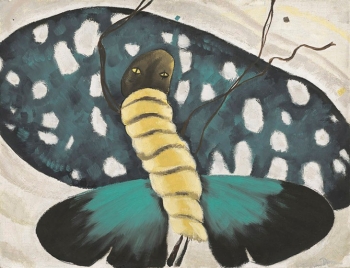
Fig. 1 Arthur Dove, Moth Dance, 1929, oil on canvas, National Gallery of Art, Washington, Alfred Stieglitz Collection
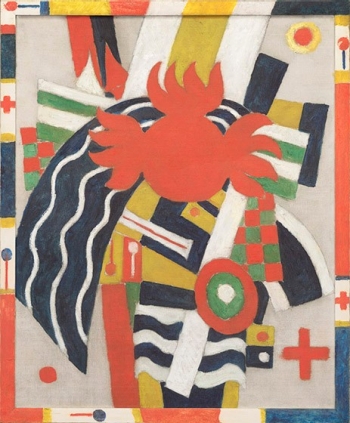
Fig. 2 Marsden Hartley, The Aero, c. 1914, oil on canvas, National Gallery of Art, Washington, Andrew W. Mellon Fund
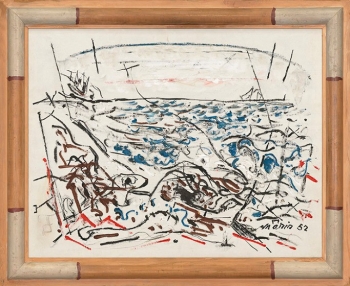
Fig. 3 John Marin, The Written Sea, 1952, oil on canvas, National Gallery of Art, Washington, Gift of Deborah and Ed Shein
The year of the John Marin Jr. gift, 1986, also marked the passing of
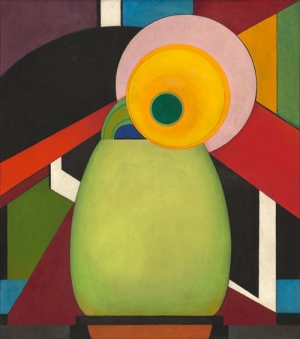
Fig. 4 Edward Steichen, Le Tournesol (The Sunflower), c. 1920, tempera and oil on canvas, National Gallery of Art, Washington, Gift of the Collectors Committee
In addition to Marin, Dove, and O’Keeffe, the trio of artists with whom Stieglitz maintained a lifelong association, the Gallery also acquired works by equally notable figures closely linked to Stieglitz in the history of American modernism. These were artists whom the argumentative, competitive photographer initially championed during his directorship of the 291 Gallery, but from whom he then broke for various professional and personal reasons:
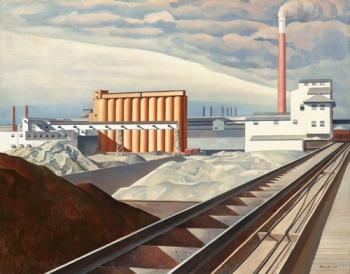
Fig. 5 Charles Sheeler, Classic Landscape, 1931, oil on canvas, National Gallery of Art, Washington, Collection of Barney A. Ebsworth
Max Weber had also befriended members of the French avant-garde and brought back small examples of the work of
Notes
[1] See Bruce Robertson, et al., Twentieth-Century American Art: The Ebsworth Collection (Washington, DC, 2000). Rain, consisting of twigs and rubber cement on metal and glass, is technically not classified as a painting and therefore falls outside the parameters of this catalog. In 1992 Arthur Dove’s son, William, gave the gallery a group of 23 small works on paper.
[2] The watercolors were
[3] The Gallery also received an important group of O’Keeffe’s early charcoal drawings from the teens as a gift from the Georgia O’Keeffe Foundation in 1992. These gifts were designated as part of the Gallery’s Alfred Stieglitz Collection.